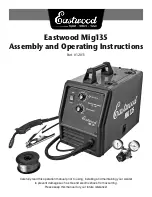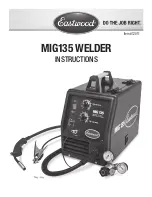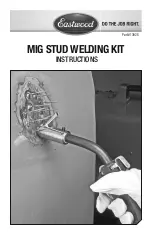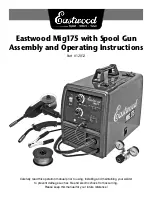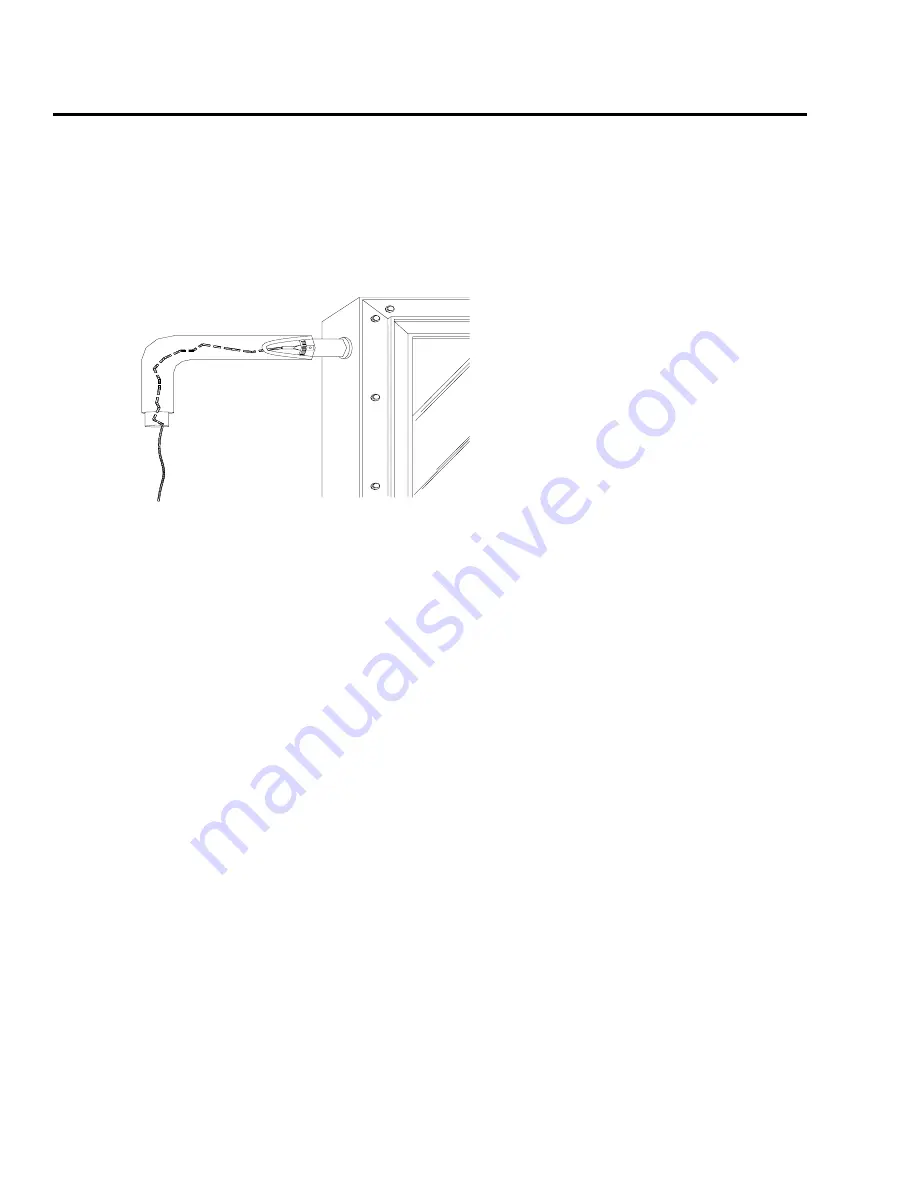
portion of the sensor to the collector header pipe
with a stainless steel hose clamp. Wire nuts used
to connect the sensor and low voltage wiring shall
be all plastic, sealed with silicone and thoroughly
wrapped in electrician’s tape.
The sensor "bundle" must be placed under the
rubber pipe insulation covering the collector header.
Thoroughly wrap and weatherize the insulation
with electrician’s tape or insulation tape as provided
by the manufacturer (Rubatex Insul-Tape or equal).
See Figure 15 for collector sensor installation
detail.
Low Voltage Wiring
The low voltage wiring used to connect the sensors
to the controller should be a minimum18 AWG.
The wiring should be bare or tinned copper, two
conductor, PVC insulated, with a PVC UV rated
gray jacket suitable for exterior use. Use Eastman
Wire & Cable No. 5704, Belden Wire and Cable
No. 8461 or equal.
Installing the Solar Storage Tank
and Expansion Tank
Refertotheinstallationmanualsforthestorage
tankandexpansiontank.
RefertoFigure16,SingleTankSystem
SchematicandFigures17,18,&19Double
TankSystemSchematiconpages28-31,forall
itemslistedas(No.##)throughoutthismanual.
In plumbing the solar storage tank and expansion
tank make sure that all the components are
accessible and easy to reach. Provide for clear
access to the storage tank, pump, expansion tank,
mixing valve, and other key components. If a
component in the potable water side of the system
may require future service or maintenance make
the connections with brass unions. Use only brass
nipples and unions and copper and brass fittings
in plumbing the solar storage tank and expansion
tank. The use of galvanized fittings or nipples, di-
electric unions, CPVC, PVC or other plastic pipe is
prohibited.
Hard copper connections to the city cold water
supply line and the home hot water feed lines
are recommended. The gaskets in standard water
heater flex hose connectors can become brittle and
compressed over time and begin leaking on the
water heater. If not detected in a timely manner
even a small drip or leak may cause serious damage
to the tank’s electrical components or, in extreme
cases, may cause the tank to leak from the outside
in.
Tank plumbing is required to provide for the
isolation of the solar storage tank from the city
cold water supply line by means of an isolating ball
valve (No. 19).
Line thermometers shall be installed in the collector
supply and return lines to allow for a simple
diagnostic check of proper system operation. On
a sunny day the hot water return line should be
approximately 5 – 12° warmer than the water in
the collector supply line. Compare the temperature
readings in the two line thermometers (No. 22).
In a single tank system install a third thermometer
(No. 22) directly after the mixing valve above the
solar storage tank. In a two tank system you may
install the third thermometer either directly above
the hot outlet on the solar storage tank or after the
mixing valve on the back-up water heater.
17
Figure 15
COLLECTOR SENSOR





































